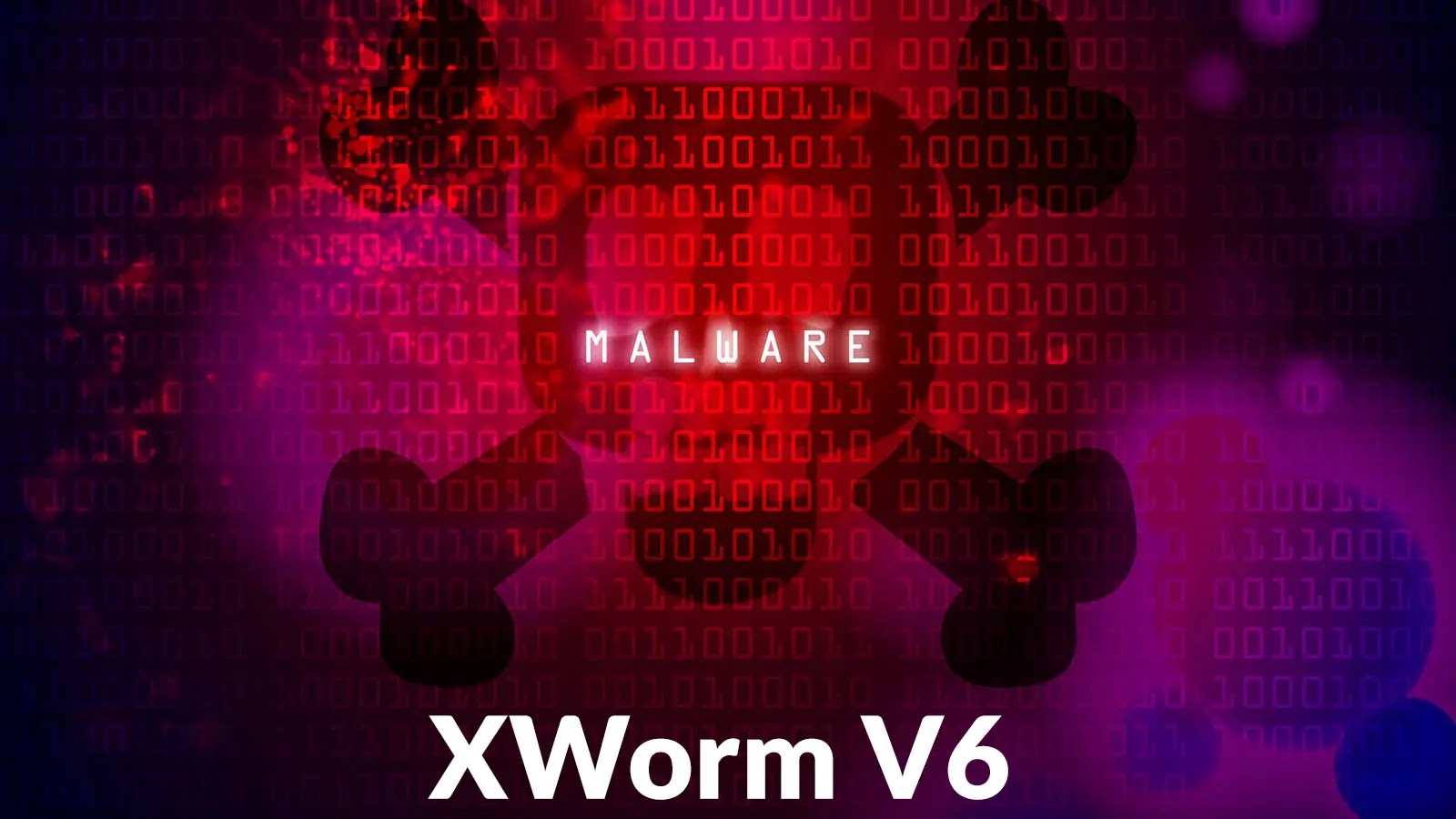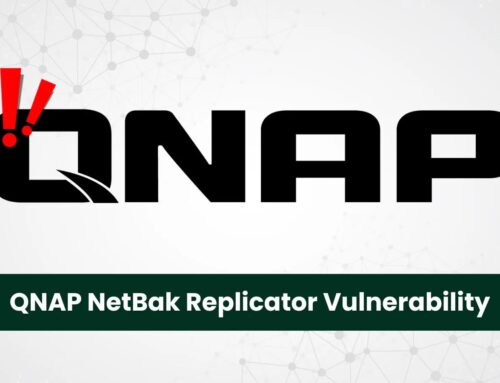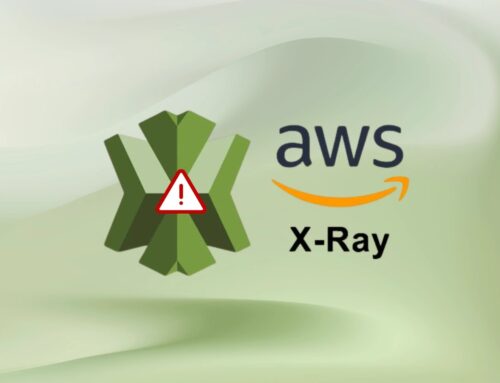
New XWorm V6 Variant Injects Malicious Code into a Legitimate Windows Program
The digital landscape is a constant battleground, and even when threats appear to recede, they often return with renewed vigor. Such is the case with XWorm, a prolific Remote Access Trojan (RAT) that has recently re-emerged with a significant upgrade. After a period of dormancy, the notorious malware resurfaced in mid-2025 as XWorm V6.0, introducing a sophisticated new technique: injecting malicious code directly into legitimate Windows programs. This development presents a heightened risk to organizations and individuals, demanding a deeper understanding of its mechanics and effective countermeasures.
The Evolution of XWorm: From V5.6 to V6.0
XWorm has a history of causing considerable disruption, impacting countless systems globally. Its abrupt discontinuation of official support for version 5.6 in late 2024 left many wondering if its reign was over. However, threat actors, relentless in their pursuit of new exploitation methods, unveiled XWorm V6.0 on June 4, 2025. This announcement, prominently featured on hackforums.net by an account named XCoderTools, heralded a new era for the malware, claiming to address previous vulnerabilities and introduce enhanced capabilities. The swift turnaround from perceived obsolescence to a sophisticated new variant underscores the dynamic nature of cyber threats and the continuous need for vigilance in cybersecurity defense.
Malicious Code Injection: A New Layer of Evasion
The hallmark of XWorm V6.0 lies in its ability to inject malicious code into a legitimate Windows program. This technique drastically improves its stealth and persistence. By embedding its malicious payload within trusted executables, XWorm can bypass traditional antivirus and endpoint detection and response (EDR) solutions that often whitelist or trust signed Windows applications. This process involves sophisticated memory manipulation, where the RAT inserts its code into the running processes of legitimate applications, effectively turning them into unwilling hosts for its malicious activities. This blending of malicious code with benign processes makes detection significantly more challenging for security professionals and automated systems.
Understanding XWorm V6.0’s Capabilities
Beyond its innovative injection technique, XWorm V6.0 retains and enhances the core functionalities that defined its predecessors. As a Remote Access Trojan, its primary objective is to grant unauthorized remote control over an infected system. While specific details of every new feature released with V6.0 are still emerging, based on previous versions and the nature of RATs, its capabilities likely include:
- Data Exfiltration: Stealing sensitive information such as login credentials, financial data, and personal files.
- Keylogging: Recording keystrokes to capture passwords and other typed information.
- Remote Control: Executing commands, manipulating files, and installing additional malware.
- Webcam/Microphone Access: Spying on victims through their device’s peripherals.
- Persistence Mechanisms: Ensuring the malware restarts with the system and maintains its presence on the compromised machine.
The ability to carry out these actions while appearing as a legitimate program dramatically increases the potential for severe damage, ranging from data breaches to complete system compromise.
Remediation Actions and Proactive Defense
Combating a sophisticated threat like XWorm V6.0 requires a multi-layered security strategy. Organizations and individuals must adopt proactive measures to detect, prevent, and respond to such attacks.
- Endpoint Detection and Response (EDR) Systems: Implement and meticulously configure EDR solutions that focus on behavioral analysis rather than solely signature-based detection. These systems can identify anomalous process behavior, even within legitimate applications, which might indicate code injection.
- Regular Software Updates and Patching: Ensure all operating systems, applications, and security software are kept up-to-date. Attackers often exploit known vulnerabilities to gain initial access, though the focus here is on post-exploitation techniques such as CVE-2023-38831, which could potentially be used for initial compromise or privilege escalation.
- Principle of Least Privilege: Limit user permissions to the absolute minimum required for their tasks. This restricts the potential damage an attacker can inflict if they gain control of a user account.
- Network Segmentation: Isolate critical systems and sensitive data from general user networks. This can contain the lateral movement of malware within an organization.
- Employee Training and Awareness: Educate users about phishing, social engineering tactics, and the dangers of opening suspicious attachments or clicking malicious links. A well-informed workforce is the first line of defense.
- Strong Antivirus and Anti-Malware Solutions: While XWorm V6.0 aims to evade these, a robust, regularly updated antivirus suite remains a fundamental baseline defense.
- Data Backup and Recovery: Implement comprehensive backup strategies and regularly test recovery procedures to minimize the impact of data loss due to malware attacks.
Tools for Detection and Mitigation
Effective defense against XWorm V6.0 necessitates leveraging advanced security tools that can identify and neutralize its sophisticated methods. Here’s a table of relevant tools:
| Tool Name | Purpose | Link |
|---|---|---|
| Sysinternals Process Explorer | Advanced process management for identifying suspicious DLLs or injected code within legitimate processes. | Microsoft Learn |
| Volatility Framework | Memory forensics for analyzing RAM dumps to detect hidden processes, injected code, and malware artifacts. | Volatility Foundation |
| OSSEC HIDS | Host-based Intrusion Detection System that monitors file integrity, logs, and system calls for suspicious activity. | OSSEC |
| YARA Rules | Pattern matching tool for identifying and classifying malware based on specific textual or binary patterns. (Requires custom rule creation for XWorm V6.0 specific patterns) | GitHub (YARA) |
Key Takeaways for Enhanced Cybersecurity
The re-emergence of XWorm as V6.0, with its innovative code injection technique, is a stark reminder that cyber adversaries are continuously evolving. The ability to blend malicious code with legitimate Windows programs poses a significant challenge for traditional security measures. Organizations and individuals must prioritize robust endpoint security, behavioral analysis, and continuous patching to stay ahead of such advanced threats. A proactive and multi-layered approach to cybersecurity is not merely a recommendation but a necessity to safeguard digital assets in a landscape where advanced malware like XWorm V6.0 continues to adapt and thrive.





